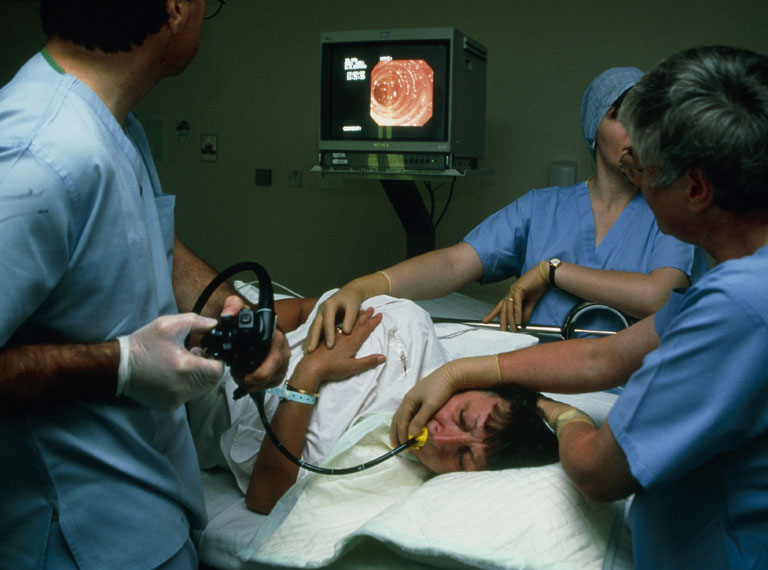
Bronchoscopy is a medical procedure used to examine the lungs and airways. It involves a thin, flexible tube called a bronchoscope. Doctors insert it through the nose or mouth to view the inside of the lungs. This tool has a camera and light to capture real-time visuals.
Doctors use bronchoscopy to diagnose lung diseases. It helps detect infections, tumors, bleeding, or blocked airways. Sometimes, it is used to collect tissue samples for biopsy. Physicians may also remove foreign objects stuck in the lungs.
Before the procedure, your doctor will give you clear instructions. You may need to stop eating or drinking for a few hours. Inform your doctor about any medications you are taking. Arrange for someone to drive you home after the test.
You’ll be awake, but sedated for comfort. The doctor inserts the bronchoscope into your airways. You may feel pressure but not pain. The process usually takes 30 to 60 minutes. In some cases, a local anesthetic is used to numb your throat.
Once the bronchoscopy is done, you’ll be monitored for a short time. You might have a sore throat or cough. Avoid eating or drinking until the numbness wears off. Results are typically available within a few days.
Bronchoscopy is generally safe. However, some risks exist. These may include:
It offers direct visualization of the airways. Biopsies can help confirm or rule out serious conditions. The procedure is fast, effective, and provides accurate information. Recovery is usually quick and simple.
Doctors may recommend it if you:
Rest for the day after the procedure. Drink warm liquids to soothe your throat. Follow your doctor’s instructions carefully. Report any unusual symptoms like severe chest pain or difficulty breathing immediately.
Bronchoscopy is a valuable tool for lung diagnosis. It’s quick, safe, and highly informative. With proper care, most people recover without any issues.
Copyright © All Rights Reserved, By Dr. Harsh Vij